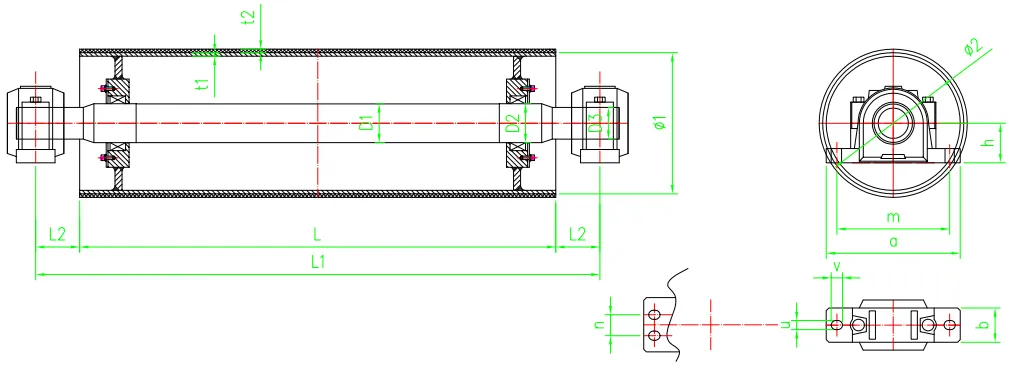 Afrikaans
Afrikaans  Albanian
Albanian  Amharic
Amharic  Arabic
Arabic  Armenian
Armenian  Azerbaijani
Azerbaijani  Basque
Basque  Belarusian
Belarusian  Bengali
Bengali  Bosnian
Bosnian  Bulgarian
Bulgarian  Catalan
Catalan  Cebuano
Cebuano  Corsican
Corsican  Croatian
Croatian  Czech
Czech  Danish
Danish  Dutch
Dutch  English
English  Esperanto
Esperanto  Estonian
Estonian  Finnish
Finnish  French
French  Frisian
Frisian  Galician
Galician  Georgian
Georgian  German
German  Greek
Greek  Gujarati
Gujarati  Haitian Creole
Haitian Creole  hausa
hausa  hawaiian
hawaiian  Hebrew
Hebrew  Hindi
Hindi  Miao
Miao  Hungarian
Hungarian  Icelandic
Icelandic  igbo
igbo  Indonesian
Indonesian  irish
irish  Italian
Italian  Japanese
Japanese  Javanese
Javanese  Kannada
Kannada  kazakh
kazakh  Khmer
Khmer  Rwandese
Rwandese  Korean
Korean  Kurdish
Kurdish  Kyrgyz
Kyrgyz  Lao
Lao  Latin
Latin  Latvian
Latvian  Lithuanian
Lithuanian  Luxembourgish
Luxembourgish  Macedonian
Macedonian  Malgashi
Malgashi  Malay
Malay  Malayalam
Malayalam  Maltese
Maltese  Maori
Maori  Marathi
Marathi  Mongolian
Mongolian  Myanmar
Myanmar  Nepali
Nepali  Norwegian
Norwegian  Norwegian
Norwegian  Occitan
Occitan  Pashto
Pashto  Persian
Persian  Polish
Polish  Portuguese
Portuguese  Punjabi
Punjabi  Romanian
Romanian  Russian
Russian  Samoan
Samoan  Scottish Gaelic
Scottish Gaelic  Serbian
Serbian  Sesotho
Sesotho  Shona
Shona  Sindhi
Sindhi  Sinhala
Sinhala  Slovak
Slovak  Slovenian
Slovenian  Somali
Somali  Spanish
Spanish  Sundanese
Sundanese  Swahili
Swahili  Swedish
Swedish  Tagalog
Tagalog  Tajik
Tajik  Tamil
Tamil  Tatar
Tatar  Telugu
Telugu  Thai
Thai  Turkish
Turkish  Turkmen
Turkmen  Ukrainian
Ukrainian  Urdu
Urdu  Uighur
Uighur  Uzbek
Uzbek  Vietnamese
Vietnamese  Welsh
Welsh  Bantu
Bantu  Yiddish
Yiddish  Yoruba
Yoruba  Zulu
Zulu Head Pulley and Tail Pulley Functions in Conveyor Systems Explained
Understanding Head Pulleys and Tail Pulleys in Conveyor Systems
Conveyor systems are essential components in many industrial processes, facilitating the movement of materials efficiently and effectively. Among the crucial elements of these systems are the head pulley and tail pulley, which play significant roles in the functioning of belt conveyors.
What is a Head Pulley?
A head pulley, often located at the discharge end of a conveyor system, is pivotal in guiding and driving the conveyor belt. This pulley is typically powered by a motor, which provides the necessary force to move the belt along its path. The head pulley is designed to ensure that the material being transported is discharged smoothly and accurately at the intended location. Its role extends beyond merely driving the belt; it also helps in maintaining the belt’s tension and alignment. Proper tension is critical to prevent slippage and ensure the efficient operation of the conveyor system. If a head pulley is poorly designed or misaligned, it can lead to significant operational issues, such as increased wear on the belt, inefficient material transfer, and even system failure.
What is a Tail Pulley?
Opposite the head pulley is the tail pulley, located at the loading or feeding end of the conveyor. The tail pulley serves several important functions. One of its primary roles is to ensure that the conveyor belt returns smoothly to the head pulley after material has been discharged. This return path is essential for continuous operation and helps prevent material accumulation on the return side of the belt, which could lead to operational inefficiencies or blockages. The tail pulley also serves as a support structure, helping to maintain the belt's tension and alignment throughout the conveyor system.
head pulley and tail pulley

Interaction Between Head and Tail Pulleys
The interaction between head and tail pulleys is critical for the smooth operation of belt conveyors. The head pulley pulls the belt, while the tail pulley guides it, ensuring a seamless continuous loop. The tension and alignment maintained by these pulleys prevent excessive wear and tear on the conveyor belt, contributing to its longevity. Moreover, the design and installation of both pulleys should be considered in the engineering phase of the conveyor system. Factors such as the diameter of the pulleys, the material used in their construction, and the method of installation can significantly affect the overall performance of the conveyor.
Importance of Maintenance
Regular maintenance of head and tail pulleys is crucial to ensure their proper functioning and the longevity of the conveyor system. This includes inspecting the pulleys for wear, ensuring they are properly aligned, and checking for any potential issues that could lead to reduced efficiency or failure. Regular maintenance helps prevent unexpected downtime and costly repairs, making it an essential aspect of conveyor system management.
Conclusion
In summary, head and tail pulleys are fundamental components of conveyor systems, each serving distinct yet complementary functions. The head pulley drives the system, facilitating the movement and discharge of materials, while the tail pulley ensures a smooth return of the conveyor belt. Their proper functioning is vital for the efficiency, reliability, and longevity of conveyor operations. By understanding the roles and interactions of these pulleys, engineers and operators can better manage conveyor systems and optimize their performance in various industrial applications. Regular maintenance and timely upgrades are key to harnessing the full potential of these critical components.
-
Revolutionizing Conveyor Reliability with Advanced Rubber Lagging PulleysNewsJul.22,2025
-
Powering Precision and Durability with Expert Manufacturers of Conveyor ComponentsNewsJul.22,2025
-
Optimizing Conveyor Systems with Advanced Conveyor AccessoriesNewsJul.22,2025
-
Maximize Conveyor Efficiency with Quality Conveyor Idler PulleysNewsJul.22,2025
-
Future-Proof Your Conveyor System with High-Performance Polyurethane RollerNewsJul.22,2025
-
Driving Efficiency Forward with Quality Idlers and RollersNewsJul.22,2025





























